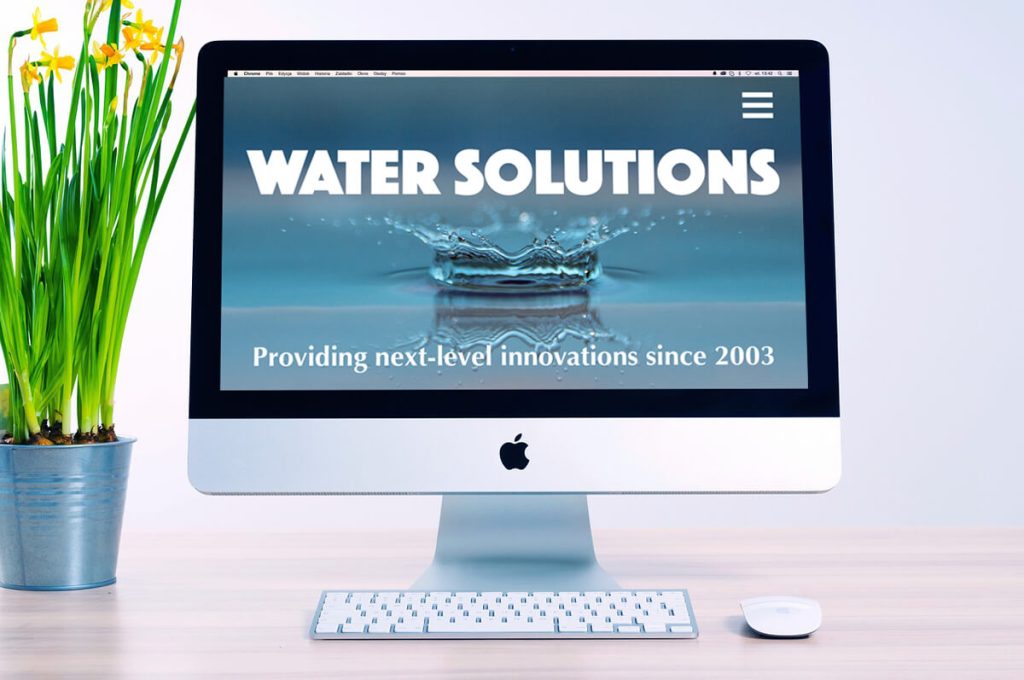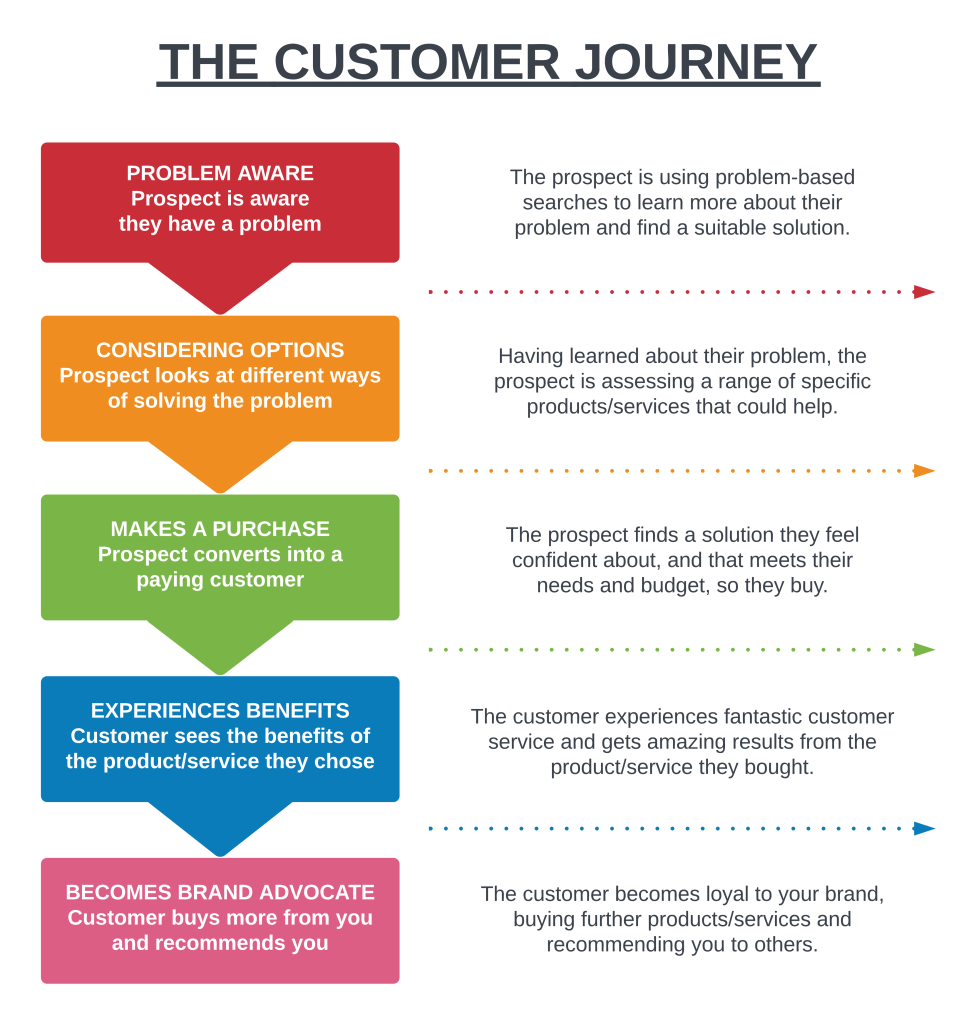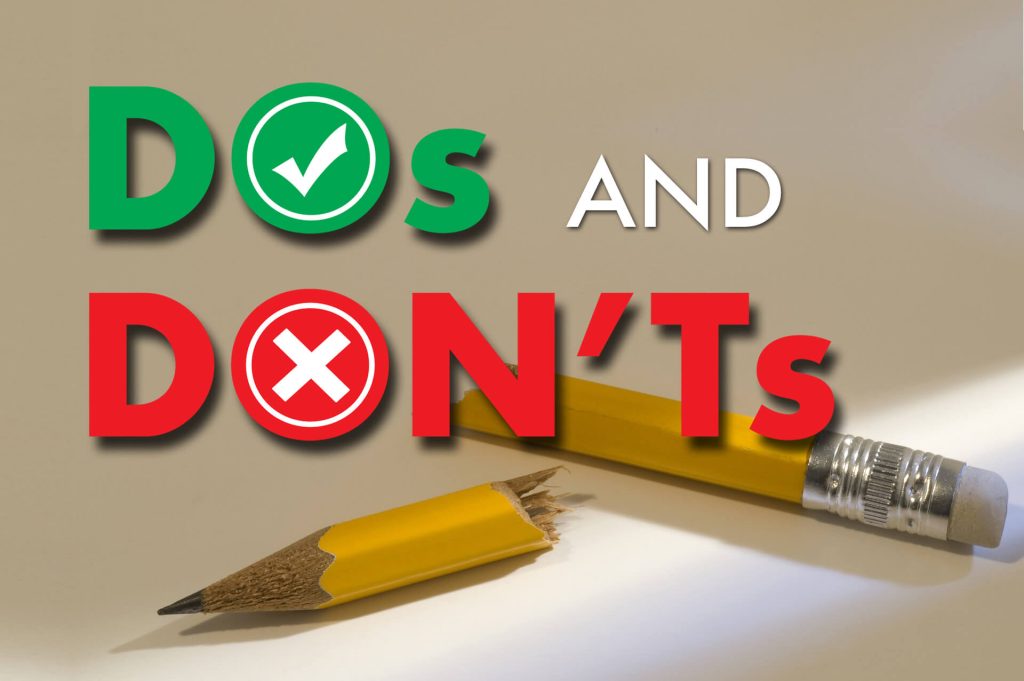UPDATED JULY 11, 2024
Writing for the average person
One of my copywriting specialisms is translating the complex and complicated into plain English, the average person can understand.
This often comes in handy — especially in cases where businesses need technical copy for people who aren’t technically minded and have no-to-limited knowledge of their industry.
What is technical copywriting?
Technical copywriting is copywriting that’s specific to a technical industry or discipline. For example, that might be construction, manufacturing, technology or science.
It can also be copywriting for non-technical industries, in cases where they need to provide technical information, instructions or explanations.
Who is the ‘average person’?
In every situation, there are people at opposite ends of the field and everyone in-between. From the richest to the poorest. From the youngest to the oldest. You get the idea.

Objectively, most industries need a benchmark — a place to start from — and the average person, in each case, is the person in the middle.
When you’re communicating in writing, the average reading age is a good benchmark.
According to Clear Sales Message, the average reading age in the UK is nine.
Guardian readers have an average reading age of 14 and Sun readers have an average reading age of eight. So you can see the importance of keeping it simple.
Writing technical copy for the average person is hard
Many industry experts find it difficult to write technical copy for the average person. Because, often, it’s like starting from zero and having to unlearn everything you know.
The problem with knowing too much is that you don’t have the objectivity to think about your copy from your prospects’ point of view. And this results in some common mistakes.
Common technical copywriting mistakes
Being vague
I can’t tell you the number of times I’ve been onto a website, then left having no idea what the company does.
Here’s a prime example of the kind of thing I’m talking about. Anything described as ‘solutions’ doesn’t actually tell you anything.

On some of these websites, it was like even the company couldn’t explain what they were offering. So they threw some impressive-sounding buzzwords together and hoped for the best.
Be clear and specific
For prospects to buy into what you’re offering, you need to be clear and specific about what it is you’re selling. If it’s something they may not have come across before, start with something they’ll be familiar with.
If it’s software, say it’s software. If it’s an app, say it’s an app. If it’s a service, say it’s a service. If it’s a component or tool, say it’s a component. You get the idea.
You need to explain it well enough to pique their interest in the first couple of sentences and keep them reading. If you can’t do that, you’ll lose them.
Assuming how much your audience already knows
If you don’t know your audience, it’s easy to assume what they already know. And this could mean you’re pitching your copy and content at the wrong level.
When you’re creating content, you’ll probably have several audiences — all at different stages of the customer journey. And you’ll be creating content targeting each of those audiences.
To illustrate this, here’s an outline of the customer journey.

The problem aware readers will know very little, so you’ll need to educate those people and introduce them to the correct terminology.
When they know some basics and have a grasp of the terminology they need, you can start to build on that and introduce more elements gradually.
Not including enough information
If you don’t know where your audience is starting from, it’s easy to skip over important points and miss out chunks of vital information.
When I was looking up how to change a setting on my phone, I had to refer to four different articles. This was because the first three articles skipped straight to a menu of options buried deep in the navigation and they didn’t start by explaining how to get there.
Including too much information
Overwhelming your readers with too much information is just as bad as giving them too little.

You need to ask yourself, how much your readers need to understand to make sense of your message.
Because it might not be as much as you think.
Half the skill of technical copywriting for the average person is knowing what to put in and what to leave out. Including lots of extraneous and irrelevant details will just muddy your message and confuse your readers.
Using ‘insider’ terminology
When you work in an industry every day, you know the terminology and you use it all the time.
You might even have created some of your own in-house terminology, with unofficial names, abbreviations and acronyms that are unique to your business.
Over time, using insider terminology becomes second nature. It only becomes a problem when terms like these start creeping into your copy. Because your average person won’t understand what they mean — and if they’re unique to your business, they won’t be able to look them up either.
Leaving your readers with questions
Your readers shouldn’t be left with more questions than you’ve answered — but they sometimes are.
The aim of good copy and content should be to anticipate what questions the readers will be asking at each point. Then, either answer them fully or direct them to answers elsewhere.
But if you write your content from a place of knowledge, you might not recognise the points where questions might arise. And if you’re not giving the answers, your readers will have to find those answers elsewhere.
How can hiring a copywriter help?
If you work in a technical industry that sells to a non-technical audience of average people, hiring a non-expert freelance copywriter to write your copy and content makes a lot of sense.
Freelance copywriters are objective outsiders
A freelance copywriter will see your organisation from the outside — the same way your prospects do.
Because they haven’t worked in your business or industry, they won’t have to unlearn anything.
Instead they’ll be learning about your business and what you’re selling as they write. They’ll be educating your prospects as they educate themselves. And they’ll be asking the same questions — and answering them.
Copywriters don’t like vague
We copywriters know that vague doesn’t sell.
If a prospect is going to buy from you, they need to know in detail exactly what they’ll be getting.
We’ll ask all the right questions until we can distill what you’re offering into a couple of powerful sentences that will intrigue and inspire your audience.
Copywriters will have a strategy
We’ll develop a strategy to target the groups you want to sell to. From the know-nothings to the ones who’ve already learned.
We’ll use Voice of Customer (VoC) research to find where each group of prospects is currently and create content to fill the gaps in their knowledge and move them further through your funnel.
Copywriters will use the right information
We’re experienced communicators. So we know exactly how much information your audience needs so they can read and understand your message. And we won’t use too much or too little.
Do you need a non-technical copywriter?
Allow me to introduce myself!
I’m Jenny Lucas, a freelance copywriter and content writer based in Leicester, UK.
I may not be a technical expert, but I am an expert communicator. And I can break down complex subjects and translate them into copy and content that’s easy to digest and understand.
If you feel your current copy and content might be flying over your prospects’ heads, maybe I can help you to develop a more effective strategy.
With a better understanding of your prospects, we can pitch your copy and content at the right level, helping you attract the right kinds of people and convert them into paying customers.
Want to find out more? Visit my main website for more information or get in touch for an initial chat about your needs.

You might also like…



